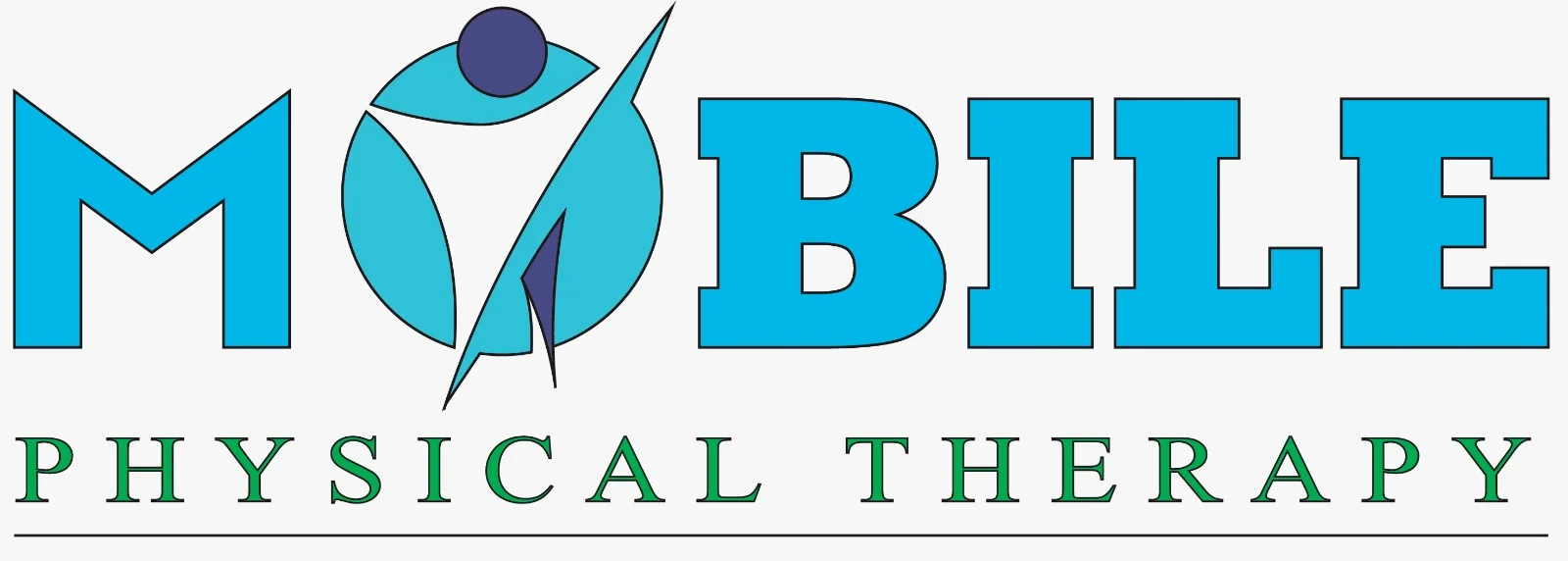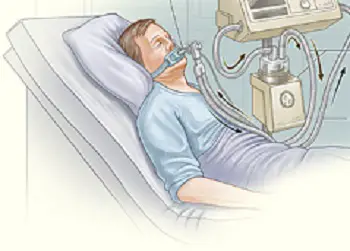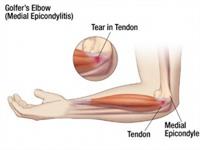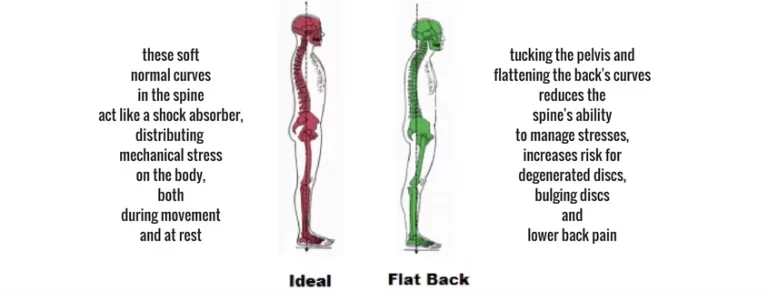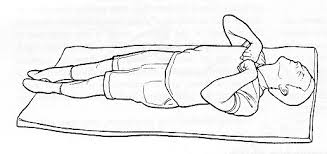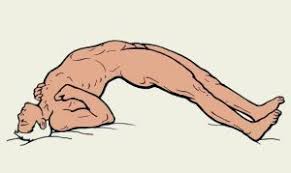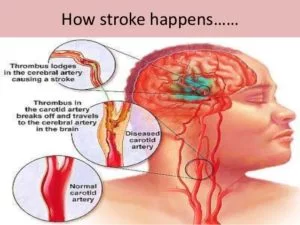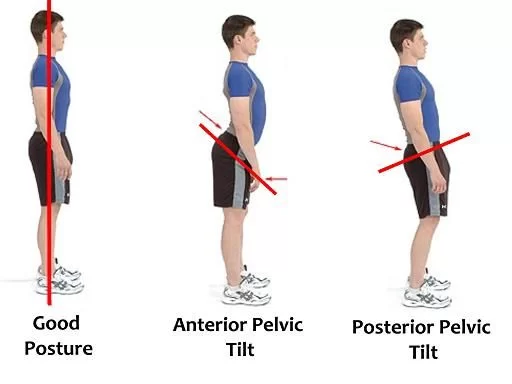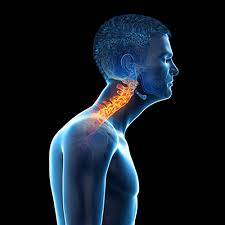Coma
What is a Coma? Some patients following moderate to severe traumatic brain injury will present with profound and prolonged consciousness impairment. A coma is a profound or deep state of unconsciousness. The affected individual is alive but is not able to react or respond to life around him/her. Coma may occur as an expected progression…
